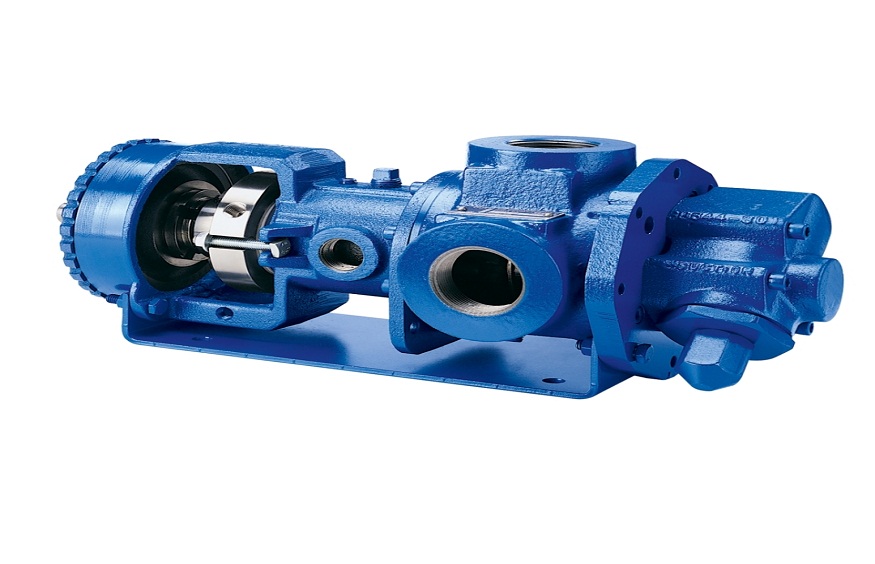Introduction
Carbon black, a form of elemental carbon, has long been a staple in tire manufacturing, revolutionizing the way we travel. Its unique properties have significantly enhanced tire performance, durability, and safety. However, carbon black’s influence extends beyond the realm of tires, finding applications in various industries, including plastics, paints, and electronics. The world of carbon black, explores its role in tires, its broader applications in polyethylene, and its significance in advancing multiple sectors.
Carbon Black in Tires: Enhancing Performance and Safety
The Genesis of Carbon Black in Tires
The incorporation of carbon black into tires dates back to the early 20th century when manufacturers sought to improve tire durability and resilience. Its introduction marked a turning point in tire engineering, offering a cost-effective solution to enhance tire performance.
Enhanced Traction and Wear Resistance
One of the primary functions of carbon black in tires is to reinforce the rubber compound, thereby improving traction and wear resistance. The fine particles of carbon black intertwine with rubber molecules, creating a robust network that enhances the tire’s grip on the road surface and prolongs its lifespan.
Optimizing UV Protection
Additionally, carbon black serves as a potent UV stabilizer, shielding tires from the harmful effects of sunlight exposure. By absorbing ultraviolet radiation, carbon black prevents premature degradation of the rubber, ensuring that tires maintain their integrity even under harsh environmental conditions.
Conductivity and Heat Dissipation
Moreover, carbon black imparts conductivity to tires, facilitating the dissipation of heat generated during prolonged driving. This property is crucial for preventing overheating, which can compromise tire performance and safety.
Contributing to Fuel Efficiency
In recent years, tire manufacturers have leveraged carbon black’s properties to develop fuel-efficient tires. By fine-tuning the distribution and structure of carbon black within the rubber compound, engineers have succeeded in reducing rolling resistance, thereby enhancing fuel economy and reducing carbon emissions.
Carbon Black for Tires: Innovations and Sustainability
Advancements in Nanotechnology
The tire industry is continually pushing the boundaries of innovation, with nanotechnology playing a pivotal role in enhancing carbon black’s efficacy. Nanoparticles of carbon black offer unprecedented reinforcement at the molecular level, resulting in tires that are lighter, stronger, and more environmentally friendly.
Focus on Sustainability
In response to growing environmental concerns, tire manufacturers are increasingly prioritizing sustainability in their production processes. Sustainable sourcing of carbon black, coupled with efforts to optimize tire design for recyclability, is shaping the future of tire manufacturing. By adopting eco-friendly practices, the industry aims to minimize its carbon footprint while delivering high-performance tires that meet the demands of modern motorists.
Carbon Black Polyethylene: Redefining Plastic Applications
The Synergy of Carbon Black and Polyethylene
Polyethylene, a versatile thermoplastic polymer, has found myriad applications across industries due to its durability and flexibility. When combined with carbon black, polyethylene transforms, acquiring enhanced mechanical properties and UV resistance.
Strengthening Plastic Products
Carbon black serves as a potent additive in polyethylene-based products, reinforcing their structure and improving their tensile strength. From plastic pipes to automotive components, carbon black polyethylene offers superior durability and longevity, making it an ideal choice for demanding applications.
UV Stabilization and Weather Resistance
One of the key benefits of carbon black polyethylene is its exceptional UV resistance, making it well-suited for outdoor applications. Whether used in agricultural films or outdoor furniture, carbon black polyethylene maintains its structural integrity even when exposed to prolonged sunlight, ensuring long-term performance and reliability.
Applications in Packaging and Consumer Goods
In the realm of packaging and consumer goods, carbon black polyethylene plays a vital role in preserving product quality and extending shelf life. By imparting UV resistance to packaging materials, it protects contents from degradation caused by exposure to light, thereby enhancing product freshness and longevity.
Advantages of carbon black for tires
Carbon black, a versatile form of elemental carbon, plays a pivotal role in enhancing the performance, durability, and safety of tires. Its unique properties make it an indispensable additive in tire manufacturing, offering a myriad of advantages that contribute to superior tire performance.
Reinforcement and Traction
One of the primary advantages of carbon black for tires is its ability to reinforce the rubber compound. The fine particles of carbon black intertwine with rubber molecules, creating a robust network that enhances the tire’s structural integrity and strength. This reinforcement not only improves the tire’s resistance to wear and tear but also enhances traction on various road surfaces. Whether navigating wet, dry, or uneven terrain, tires infused with carbon black offer superior grip and stability, providing drivers with confidence and control.
UV Protection and Weather Resistance
Carbon black serves as an effective UV stabilizer, shielding tires from the harmful effects of sunlight exposure. UV radiation can accelerate the degradation of rubber, leading to cracking, fading, and reduced performance. By absorbing UV rays, carbon black helps to prevent this degradation, ensuring that tires maintain their structural integrity and appearance over time. Additionally, carbon black enhances the tire’s resistance to adverse weather conditions, such as extreme temperatures and moisture, further extending its lifespan and performance.
Heat Dissipation and Rolling Resistance
Heat buildup is a common challenge faced by tires during prolonged driving. Excessive heat can compromise tire performance and safety, leading to increased rolling resistance and potential blowouts. Carbon black aids in dissipating heat generated during driving, thereby reducing the risk of overheating and ensuring optimal tire performance. By minimizing rolling resistance, tires infused with carbon black contribute to improved fuel efficiency, leading to cost savings for motorists and reduced environmental impact.
Durability and Longevity
Carbon black reinforcement significantly enhances the durability and longevity of tires, making them more resistant to punctures, cuts, and abrasions. The robust network formed by carbon black particles strengthens the tire’s tread and sidewalls, reducing the likelihood of damage from road hazards and debris. As a result, tires infused with carbon black exhibit extended tread life and require less frequent replacement, providing motorists with greater value and peace of mind.
Enhanced Handling and Stability
The addition of carbon black to tire compounds improves their overall handling and stability, particularly during cornering, braking, and acceleration. The enhanced traction and grip offered by carbon black-infused tires enable precise steering response and optimal control in various driving conditions. Whether navigating sharp turns or braking suddenly in emergencies, drivers can rely on the superior performance and stability of tires reinforced with carbon black.
Conclusion
Carbon black stands as a testament to the transformative power of materials science, revolutionizing industries and driving innovation across sectors. From its foundational role in tire manufacturing to its expanding applications in polyethylene and beyond, carbon black continues to shape the modern world. As researchers and engineers delve deeper into its properties and potential, we can expect further breakthroughs that will redefine the boundaries of what is possible, paving the way for a more sustainable and resilient future.





